Heat stroke is one of the top three causes of sudden death for athletes.
But it’s 100% survivable when it’s recognized and treated right away, according to the University of Connecticut’s Korey Stringer Institute. The organization is named for the Minnesota Vikings player who died from heat stroke in 2001 after being overcome by the heat during training camp.
Time is of the essence when it comes to bringing the athlete’s core temperature down below the danger threshold.
In a consensus statement published earlier in 2018, experts convened by the institute stressed the importance of cooling athletes immediately on site before taking them to a hospital, given that critical damage to cells can occur when body temperature is at or above 104.5 degrees Fahrenheit for longer than 30 minutes.
“This timeframe is what really makes a difference,” says Luke Beval, director of research at the Korey Stringer Institute and lead author of the statement, published in Prehospital Emergency Care. “The sooner you cool someone, the greater their chance of survival.”
Recognizing and treating heat stroke
Being able to provide immediate treatment requires quickly recognizing the symptoms of heat stroke. While central nervous system dysfunction is one of two main criteria, symptoms can be similar to those of other critical health issues common in athletes. For example, dizziness, vomiting, and confusion are also common concussion symptoms.
The consensus statement debunks the misconceptions that athletes with heat stroke will have stopped sweating, have hot skin, or will have lapsed into unconsciousness.
Accurately diagnosing exertional heat stroke requires taking the athlete’s rectal temperature, the authors note. Other methods may not provide an accurate reading of the person’s internal temperature, which can provide a false sense of assurance that the athlete is OK.
Using the principle of “cool first, transport second,” athletic trainers and other on-site first responders should immediately begin cooling the athlete rather than waste critical time waiting for emergency personnel to arrive.
The most effective method is to immerse the stricken athlete in a tub of ice-cold water from the neck down, which cools the maximum body surface area and is more effective than cold wet towels, ice packs, or cold showers. This on-site treatment should continue until the athlete’s body temperature drops to about 101.5 degrees; only then should the athlete be taken to the hospital. Crucially, the consensus statement notes that most hospital emergency departments lack the equipment for full-body cold water immersion.
Practice prevention, but be prepared
In addition to having emergency plans and equipment in place, coaches and trainers should also be prepared to adjust workouts when hot weather is expected. Hot, humid weather heightens the risk of exertional heat stroke, given that it reduces the body’s ability to cool itself by sweating. The most accurate measurement is with a wet bulb globe temperature monitor, which measures temperature, humidity, and other contributing factors.
In an interview with GOOD Sports, Beval stressed the importance of giving athletes time to adapt to the heat. This includes not wearing heavy equipment during the first days of practice, minimizing the number and duration of two-a-day practices, gradually ramping up the intensity level, and allowing adequate rest and recovery time.
“Heat acclimatization is incredibly effective. Of all the extreme environments we can subject our bodies to, like cold or altitude, we have the best ability to adapt to the heat,” says Beval. “Where these practices have been adopted, we’ve seen a drop in deaths.”
Of course, it’s far better to prevent exertional heat stroke in the first place.
On its site, the Korey Stringer Institute notes key preventive measures, including heat acclimatization, wearing appropriate clothing, and avoiding practice during the hottest part of the day. Similar guidelines can be found in the Heat and Athletes section of the Centers for Disease Control and Prevention site.
















 Freddie Mercury GIF by Queen
Freddie Mercury GIF by Queen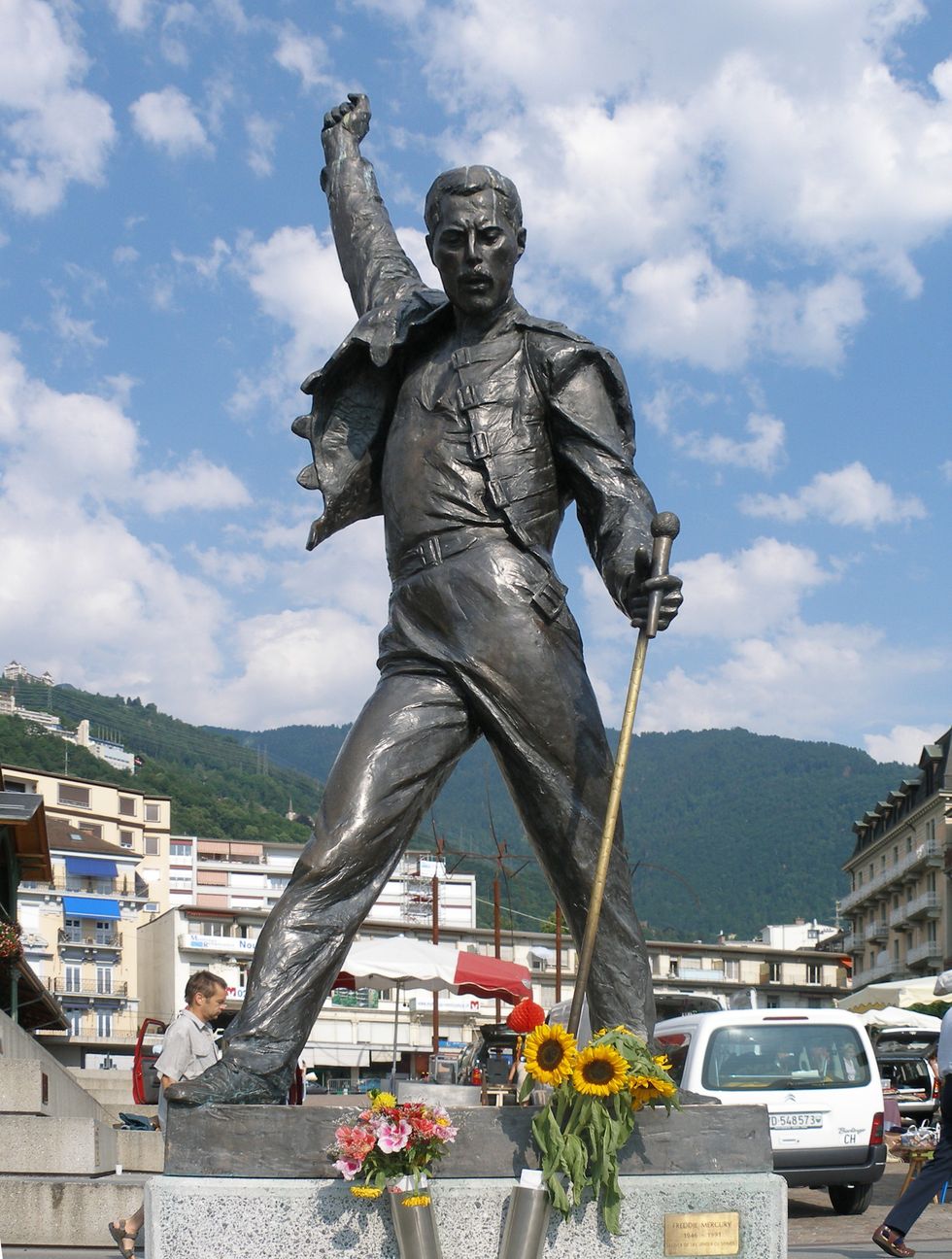 File:Statue of Freddie Mercury in Montreux 2005-07-15.jpg - Wikipedia
File:Statue of Freddie Mercury in Montreux 2005-07-15.jpg - Wikipedia
 The hole in the ozone layer in 2015.Photo credit: Wikimedia Commons
The hole in the ozone layer in 2015.Photo credit: Wikimedia Commons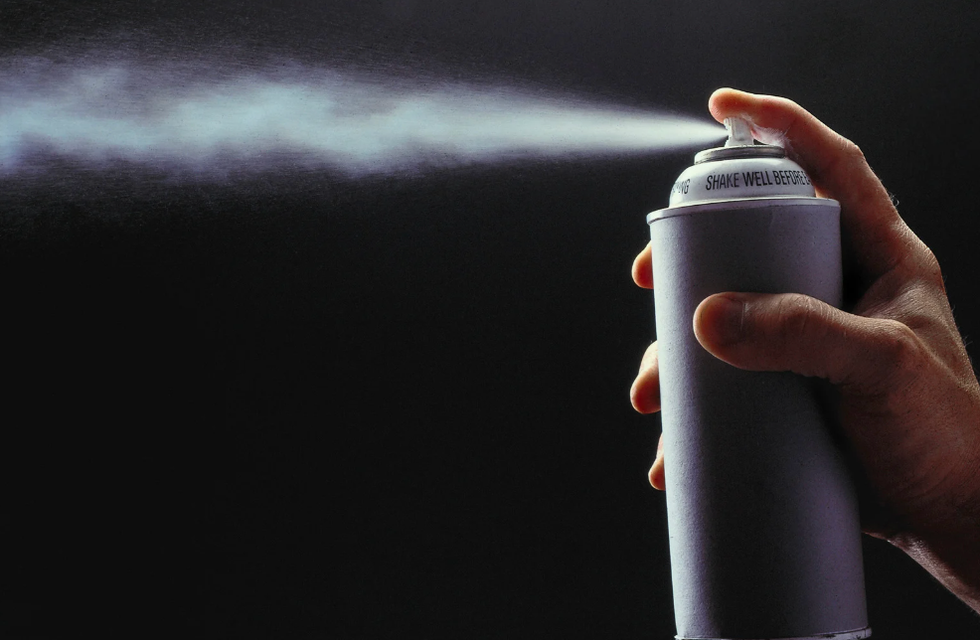 In the 1980s, CFCs found in products like aerosol spray cans were found to cause harm to our ozone layer.Photo credit: Canva
In the 1980s, CFCs found in products like aerosol spray cans were found to cause harm to our ozone layer.Photo credit: Canva Group photo taken at the 30th Anniversary of the Montreal Protocol. From left to right: Paul Newman (NASA), Susan Solomon (MIT), Michael Kurylo (NASA), Richard Stolarski (John Hopkins University), Sophie Godin (CNRS/LATMOS), Guy Brasseur (MPI-M and NCAR), and Irina Petropavlovskikh (NOAA)Photo credit: Wikimedia Commons
Group photo taken at the 30th Anniversary of the Montreal Protocol. From left to right: Paul Newman (NASA), Susan Solomon (MIT), Michael Kurylo (NASA), Richard Stolarski (John Hopkins University), Sophie Godin (CNRS/LATMOS), Guy Brasseur (MPI-M and NCAR), and Irina Petropavlovskikh (NOAA)Photo credit: Wikimedia Commons
 Getting older means you're more comfortable being you.Photo credit: Canva
Getting older means you're more comfortable being you.Photo credit: Canva Older folks offer plenty to young professionals.Photo credit: Canva
Older folks offer plenty to young professionals.Photo credit: Canva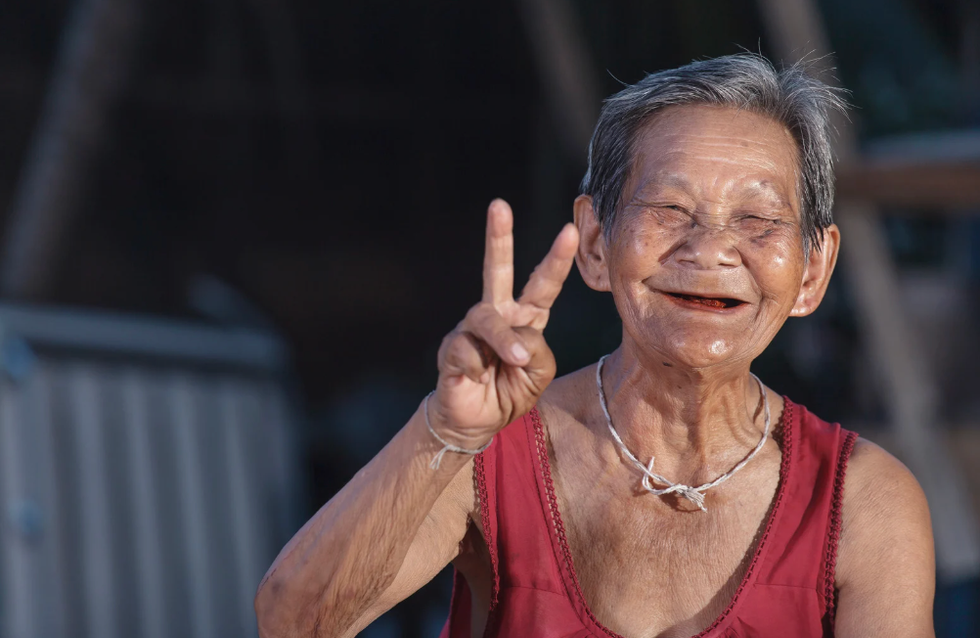 Eff it, be happy.Photo credit: Canva
Eff it, be happy.Photo credit: Canva Got migraines? You might age out of them.Photo credit: Canva
Got migraines? You might age out of them.Photo credit: Canva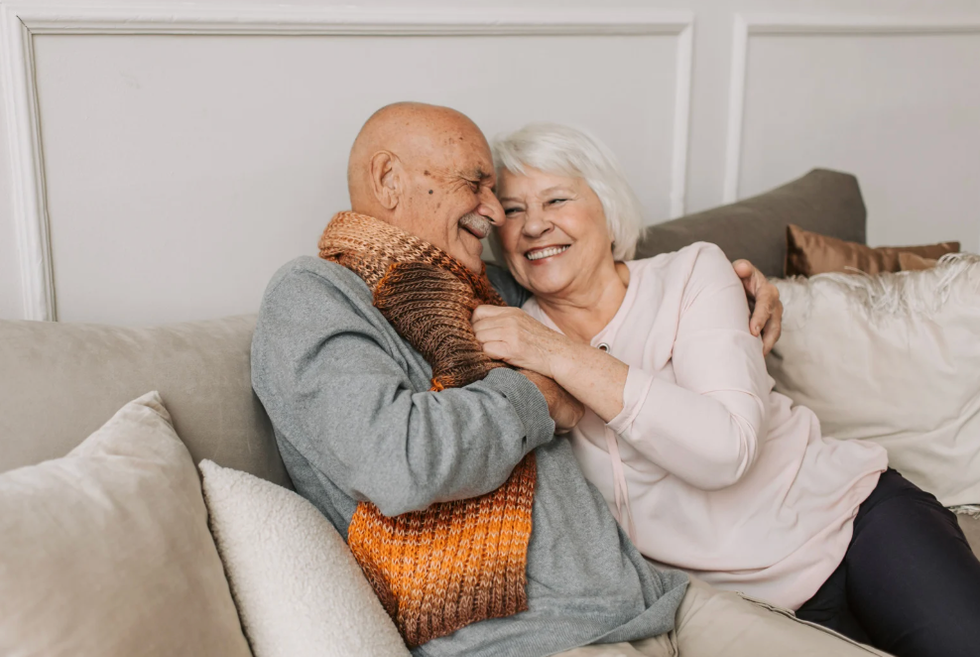 Old age doesn't mean intimacy dies.Photo credit: Canva
Old age doesn't mean intimacy dies.Photo credit: Canva
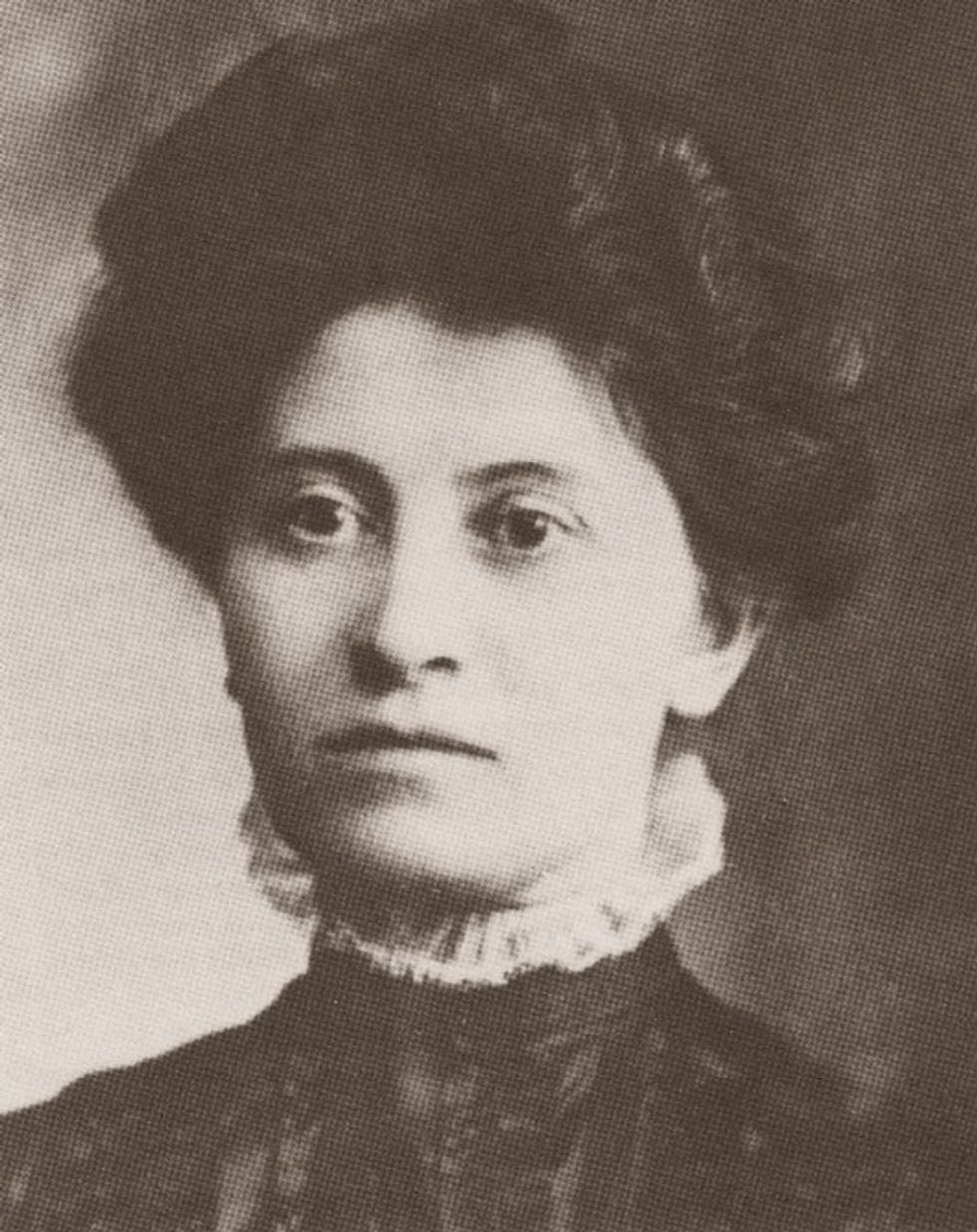 Theresa Malkiel
commons.wikimedia.org
Theresa Malkiel
commons.wikimedia.org
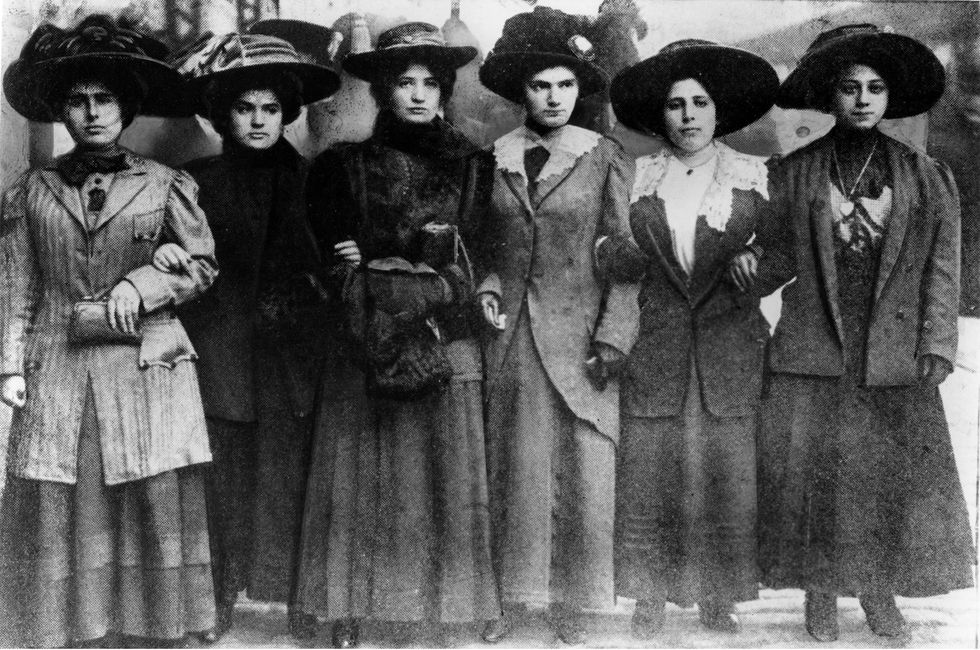 Six Shirtwaist Strike women in 1909
Six Shirtwaist Strike women in 1909
 University President Eric Berton hopes to encourage additional climate research.Photo credit: LinkedIn
University President Eric Berton hopes to encourage additional climate research.Photo credit: LinkedIn
 Image by Ildar Sajdejev via GNU Free License | Know your rights.
Image by Ildar Sajdejev via GNU Free License | Know your rights.